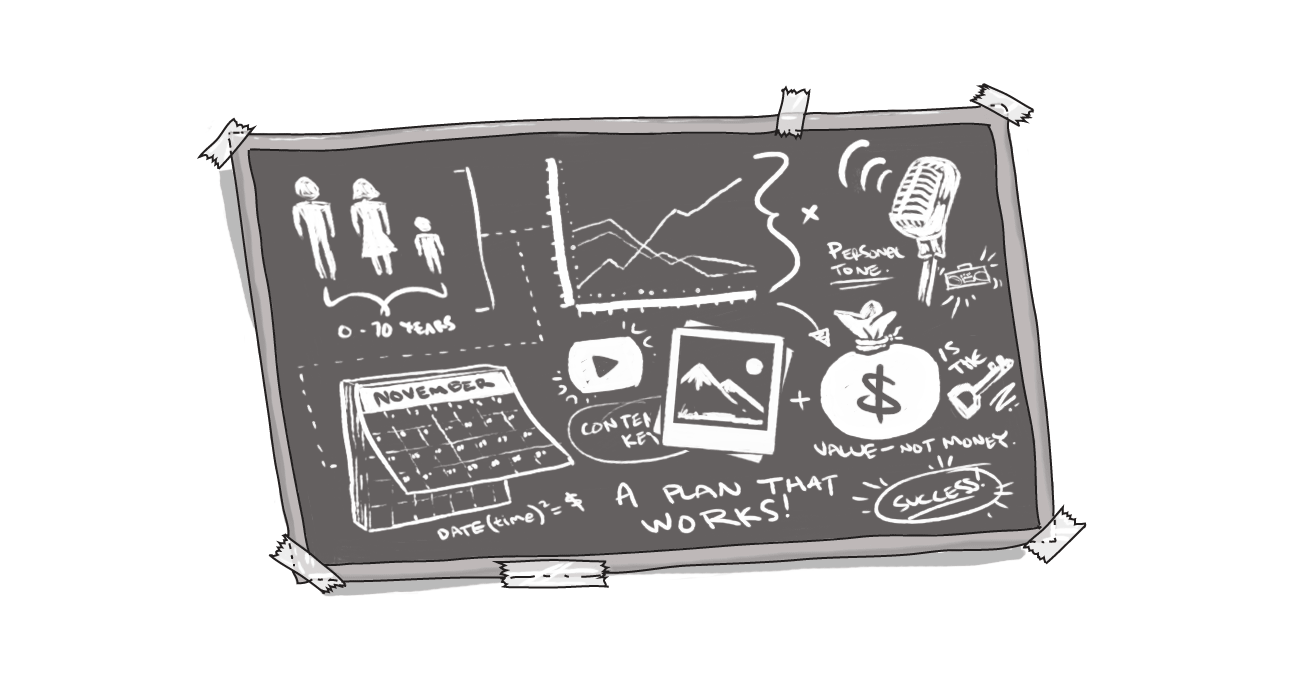The Good, the Bad, and The Ugly of Personalization

We know that personalization is the future of the digital economy. More and more items are becoming “smart” and the goal of any content creator -- from news and information sites to people trying to sell you something -- is to create an experience that’s customized to meet YOUR needs. And, in this three-part series, I want to share some of the good, the bad, and the ugly of this process -- using personal anecdotes.
Today, I’m going to look at my experiences with personalization. Subsequent blogs will discuss user and customer journeys, and user and customer experience.
Recently, Echidna’s owner Andrew discussed the Power of Personalization and he touches on the idea of “doing it right!” The piece touches on compliance (GDPR) and ensuring your users/customers aren’t feeling violated (which is extremely important), it ends with: “That’s not an easy balance to strike, but it can be done with understanding of your customers, appreciation of their needs, and delivery of personalization options that are focused exclusively on meeting their needs.”
So let’s dig into this idea a little more and let me share with you a few examples of how it can be done poorly and how it can be done well. Let’s start with the fun stuff -- the ugly!
The Ugly
Business X is an online-only retailer that does a lot of business shipping home goods. They’ve been around since the earlier days of e-commerce and have a large footprint, earning nearly $5 billion in net revenue last year.
Unfortunately, not enough of that revenue is being funnelled into analysis. And their personalization efforts are doing the opposite of what they’re intended to do -- instead of drawing me in and providing me value, they’re starting to repel me!
I made a purchase on this site, enjoyed the experience, and will likely continue to buy from them. However, the challenge is that every time I click on an item, or engage with a piece of content, I’ll invariably receive an e-mail the next day letting me know that the items I looked at are now on sale.
Except they’re not.
So, sure, they’re driving me back to their site, but the lack of QA is resulting in me being a frustrated customer. Right now, I’m merely annoyed; but after a few more emails like this, I may just get fed up and move on.
If you’re going to personalize, you need to dedicate resources to it. It’s a big job -- and clearly no one’s noticing that their personalization efforts aren’t leading to conversions (at least for me). It’s not enough to merely personalize. You need to monitor and adjust -- otherwise you’re just targetted spamming your customers.
The Bad
Now let’s talk about Store Y. You likely know the name. It’s a department store that has been around since the start of the 20th century and operates throughout North America. A few months ago I went into the store and bought a pair of shorts. During the process, I interacted with the clerk and was convinced to sign up for a membership card.
The benefits? Saving 10 per cent on purchases and receiving “targetted” emails for sales and special promotions? The cost? Only my time and my information.
So what did I get? Email after email of offers targetted to women. And, of course, I was unable to change my sex within my profile. Now, sure, I could have likely called and fixed the issue, but I felt the return wouldn’t have been worth the investment. So I unsubscribed from the list and the end result is that I didn’t buy anything from them -- and likely won’t. Poor personalization led to a lost customer.
The Good
Let’s end on a positive, shall we? Again, I won’t name the company, but let’s just say that if it’s a jungle out there in the e-commerce world, these guys are the largest!
Company Z, like Ugly Company X, engage in the same type of content tracking -- flagging items I’ve previously engaged with. But instead of firing off an email the next day, it waits a week or more. It is not offering false sales, but rather just inquiring as to whether I’m still interested? And if there is a sale, it will share it -- and actually take me to a sale-priced item.
Best of all, it provides options. It understands that I have a need that I’m looking to fill -- and although the product I was looking at may not be the right one, by sending me an email with related and similar items, perhaps I’ll find something that does meet my needs.
Now, Company Z is huge, so it has the resources. But it’s not just throwing money away -- it is targetting its efforts for maximum return.
What About You?
And that’s the lesson for all businesses. It’s not totally about how much you spend, but rather how effectively you spend.
You may not have a multi-billion-dollar budget, but you can take the foundational principles and put them to work for you:
- Share related content, both on your site and in CRM efforts -- “you may also like…” is a great way to offer targetted options. Just make sure they’re relevant;
- Confirmation emails increase user confidence -- it helps buyers know the transaction is complete;
- Follow-up emails -- whether it’s tracking emails or check-ins, they provide added value to your customers;
- Go Old School -- you’d be surprised at how effective a hand-written note in a shipment can be. A personalized, ‘Thanks for shopping with us,” signed by a company representative makes a world of difference to the user experience.
You don’t have to be big to make a big impact. Sometimes it’s just the little things that help personalize that customer’s experience and make it a positive one.
So what’s worked for you? What positive or negative experiences have you had with personalization? And how has that impacted your feelings towards a company? Share in the comments section below!
And feel free to contact me directly to talk more about personalization...or if you just want to hear the nitty gritty of my experiences above (or maybe just want the names of the companies;)!
What is personalization?
What are some good examples of effective personalization?
What are some examples of poorly designed personalization?
SUBSCRIBE TO OUR E-NEWSLETTER
 Subscribe
Subscribe


